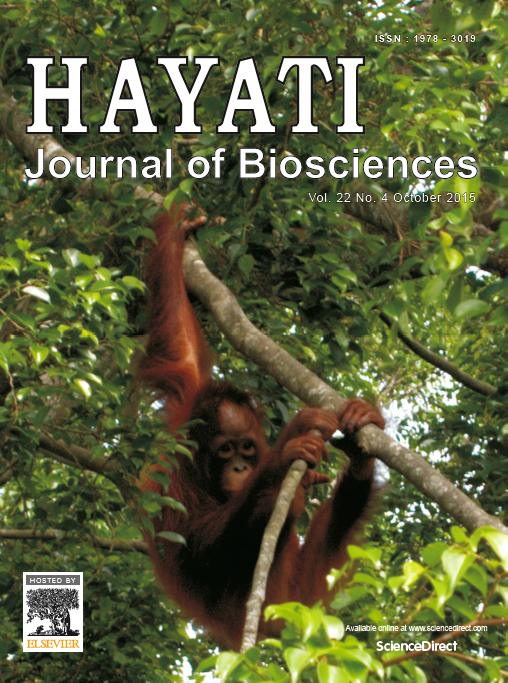Optimization of Culture Conditions for Maximal Lovastatin Production by Aspergillus terreus (KM017963) under Solid State Fermentation
Abstract
Effects of various culture conditions on lovastatin production were investigated in Aspergillus terreus (KM017963) grown under solid state fermentation with wheat bran. Lovastatin production was influenced by various physical factors such as pH, temperature, and nutritional factors such as carbon, nitrogen, metal ions/salts etc. Our study established that an initial pH of 6.0, growth temperature of 28 °C–30 °C, inoculum size of 108 spores/mL as the optimal physiological culture conditions for maximal production of lovastatin by A. terreus (KM017963). The carbon sources, glucose or dextrin when supplemented at 3% (w/w) enhanced lovastatin production by five fold when supplemented as individual component in wheat bran. Addition of metal salts such as CuSO4 (8%), FeSO4 (8%), CaCl2 (10%), NaCl (6%) and MgSO4 (6%) enhanced the production by five fold. Supplementation with nitrogen sources, amino acids, hydrocarbons, surfactants and amino acids did not have any profound effect on lovastatin production.Downloads
HAYATI J Biosci is an open access journal and the article's license is CC-BY-NC. This license lets others distribute, remix, tweak, and build upon author's work, as long as they credit the original creation. Authors retain copyright and grant the journal/publisher non exclusive publishing rights with the work simultaneously licensed under a https://creativecommons.org/


















.png) IPB University
IPB University Department of Biology
Department of Biology The Indonesian Biological Society
The Indonesian Biological Society 

